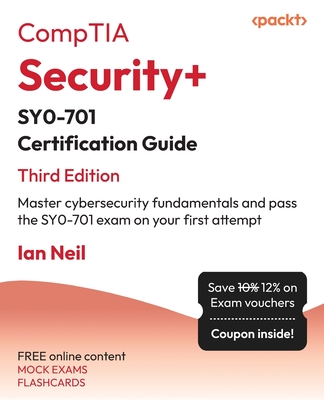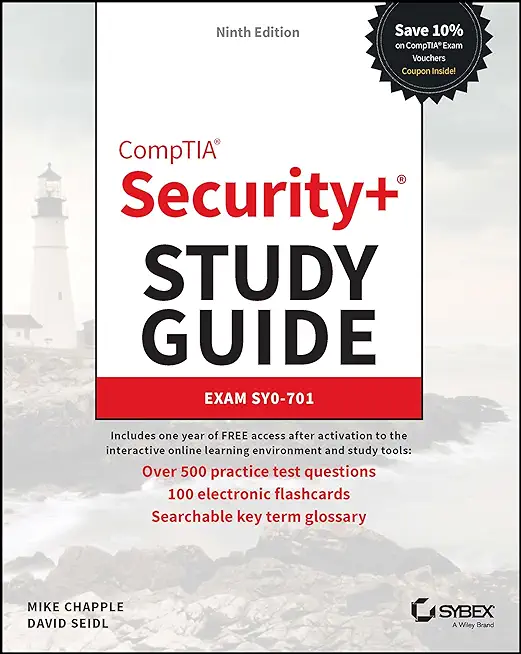55078: Mobile Device Management Training in Newport News
|
We offer private customized training for groups of 3 or more attendees.
|
||
Course Description |
||
| This two-day instructor-led course is intended for IT professionals who
are responsible for developing a management strategy for mobile devices
in the enterprise. Devices running Windows, iOS and Android
operating systems will be covered. Utilizing various
Microsoft technologies students will create a mobile device plan,
configure mobile device management and master both connectivity and data
security on these devices. With the shift to BYOD (bring
your own device) it is necessary that enterprises allow users to access
information from a variety of devices with a minimum of risk to the loss
of that information. The new tools implemented as a part of
Windows Server 2012 and Windows Server 2012 R2 as well as System Center
will allow for a complete set of BYOD enterprise policies.
Course Length: 2 Days
Course Tuition: $890 (US) |
||
Prerequisites |
|
| In addition to their professional experience, students who attend this training should already have the following technical knowledge: Experience with Windows networking technologies and implementation. Experience with Windows Server administration, maintenance, and troubleshooting. Experience with Windows Client administration, maintenance, and troubleshooting. | |
Course Outline |
|
Module 1: Overview of Mobile Device Management In the past organizations either provided laptops or smart phones approved by the IT department and or allowed users to connect from their Windows based computers using options such as VPNs or Remote Desktop Gateways. These options still exist and remain common. However, the incredible growth of mobile devices from various vendors creates a need for managing access to data and applications from these devices. Organizations must determine the best methods for doing so in a secure manner. Lessons
After completing this module, students will be able to:
Module 2: Mobile Device Management Strategy and Infrastructure Every organization has unique needs for connecting mobile devices to the corporate network to increase user productivity. Based on the principle of People-centric IT (PCIT) a mobile device strategy can be created to meet those needs. Once the strategy has been determined then it’s time to created the infrastructure. Lessons
Lab: Create the Mobile Device Management Infrastructure After completing this module, students will be able to:
Module 3: Workplace Join and Work Folders Allowing device connectivity is important, but more important is managing that connectivity. Workplace Join allows a way to track and control which devices can connect. Once connected users will need access to data, no matter the device. That data must be current and consistent without users manually copying files. Work Folders creates this ability. Lessons
After completing this module, students will be able to:
Module 4: Web Application Proxy In the previous module we learned how to connect non-domain devices to Active Directory for management and policies with Workplace Join. In addition we showed how to synchronize data between multiple devices using Work Folders. However almost always data will be used in some type of application, therefore a part of our MDM (Mobile Device Management) strategy must include accessing those applications from devices. This is the responsibility of Web Application Proxy. Lessons
Lab: Web Application Proxy After completing this module, students will be able to:
Module 5: Mobile Device Management Security One of the primary responsibilities of any IT professional is security. Physical security, network security and data security are critical. In this module we will look at how mobile devices affect security plans not just for BYOD, but also for the entire network infrastructure. Lessons
Lab: Securing the MDM Infrastructure and Communications After completing this module, students will be able to:
Module 6: Mobile Device Lifecycle and Application Management In this module we will discover the process of managing mobile devices throughout their lifecycles. Technologies including the Microsoft Exchange Connector, System Center Configuration Manager and Windows InTune can be used for these purposes. We will also see how applications can be managed for mobile devices. Lessons
Lab: Managing Mobile Devices with SCCM and Windows InTune After completing this module, students will be able to:
|
Course Directory [training on all levels]
- .NET Classes
- Agile/Scrum Classes
- AI Classes
- Ajax Classes
- Android and iPhone Programming Classes
- Blaze Advisor Classes
- C Programming Classes
- C# Programming Classes
- C++ Programming Classes
- Cisco Classes
- Cloud Classes
- CompTIA Classes
- Crystal Reports Classes
- Design Patterns Classes
- DevOps Classes
- Foundations of Web Design & Web Authoring Classes
- Git, Jira, Wicket, Gradle, Tableau Classes
- IBM Classes
- Java Programming Classes
- JBoss Administration Classes
- JUnit, TDD, CPTC, Web Penetration Classes
- Linux Unix Classes
- Machine Learning Classes
- Microsoft Classes
- Microsoft Development Classes
- Microsoft SQL Server Classes
- Microsoft Team Foundation Server Classes
- Microsoft Windows Server Classes
- Oracle, MySQL, Cassandra, Hadoop Database Classes
- Perl Programming Classes
- Python Programming Classes
- Ruby Programming Classes
- Security Classes
- SharePoint Classes
- SOA Classes
- Tcl, Awk, Bash, Shell Classes
- UML Classes
- VMWare Classes
- Web Development Classes
- Web Services Classes
- Weblogic Administration Classes
- XML Classes
- OPENSHIFT ADMINISTRATION
6 October, 2025 - 8 October, 2025 - Python for Scientists
8 December, 2025 - 12 December, 2025 - RHCSA EXAM PREP
17 November, 2025 - 21 November, 2025 - RED HAT ENTERPRISE LINUX SYSTEMS ADMIN I
3 November, 2025 - 7 November, 2025 - Fast Track to Java 17 and OO Development
8 December, 2025 - 12 December, 2025 - See our complete public course listing






